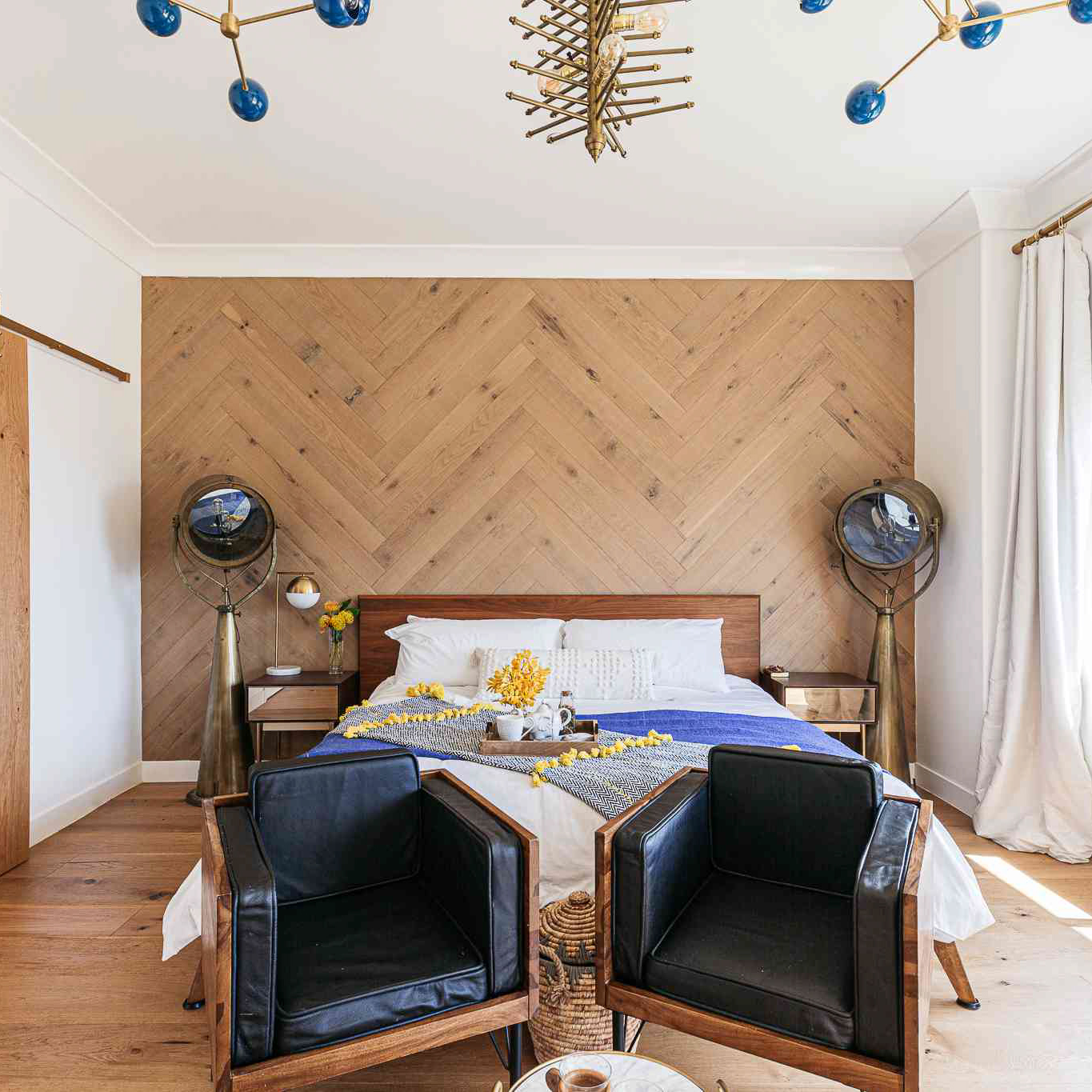Introduction
Light plays a crucial role in setting the tone and mood of your room. Whether it’s natural or artificial, light has the power to transform ordinary spaces into extraordinary ones. Proper lighting can make a room feel warmer, brighter and more inviting. In this article, we will explore the different types of lighting available, how to choose the right lighting for your room, and the impact of light on the ambiance of a room.
The Different Types of Lighting
Natural Light
Natural light is the most desirable type of lighting for any room. It is mood-enhancing, eco-friendly and creates a unique atmosphere that cannot be replicated by artificial lighting. It also makes a room look bigger, and is great for creating a sense of openness and airiness.
Ambient Lighting
Ambient lighting is the most basic and functional type of lighting. It is typically used to provide light to a room, but doesn’t add any extra effects. Examples of ambient lighting include ceiling-mounted fixtures, table lamps, and wall sconces. Ambient lighting works well in rooms where bright light is not needed, such as bedrooms or living rooms.
Accent Lighting
Accent lighting is used to highlight specific areas of a room, such as artwork, furniture pieces, or decorative elements. It is meant to draw attention to a specific part of the room and create a focal point. Examples of accent lighting include recessed lights, track lighting, and spotlights.
Mood Lighting
Mood lighting is used to create a specific ambiance in a room. It is typically low-level and creates a subdued and relaxing atmosphere. Examples of mood lighting include candles, string lights, and dimmers.
Choosing the Right Lighting for Your Room
When choosing the right lighting for your room, there are a few things to consider. Firstly, consider the purpose of the room. Is it a place where you relax, or is it a workspace? This will help determine the type of lighting you need. Secondly, consider the size of the room. A larger room will require more lighting, while a smaller room will typically require less.
Another important factor to consider is the color scheme of the room. Cool colors such as blue or green will require warmer lighting, while warmer colors such as red or orange will require cooler lighting. Lastly, consider the mood you want to create in the room. Bright, white light creates a more alert and energized mood, while soft amber light creates a warm, relaxed ambiance.
The Impact of Light on the Ambiance of a Room
The right lighting has a significant impact on the ambiance of a room. The brightness, color, and quality of light can all influence how a space feels. Bright, cool lighting can induce productivity and focus in a workspace, while soft, warm lighting can create a calming atmosphere in a bedroom.
Light also has the power to create illusions. For example, a room with lower ceilings can appear taller with recessed lighting, while a narrow room can feel wider with strategically placed accent lights. The right lighting can transform a room and make it feel more inviting and comfortable.



